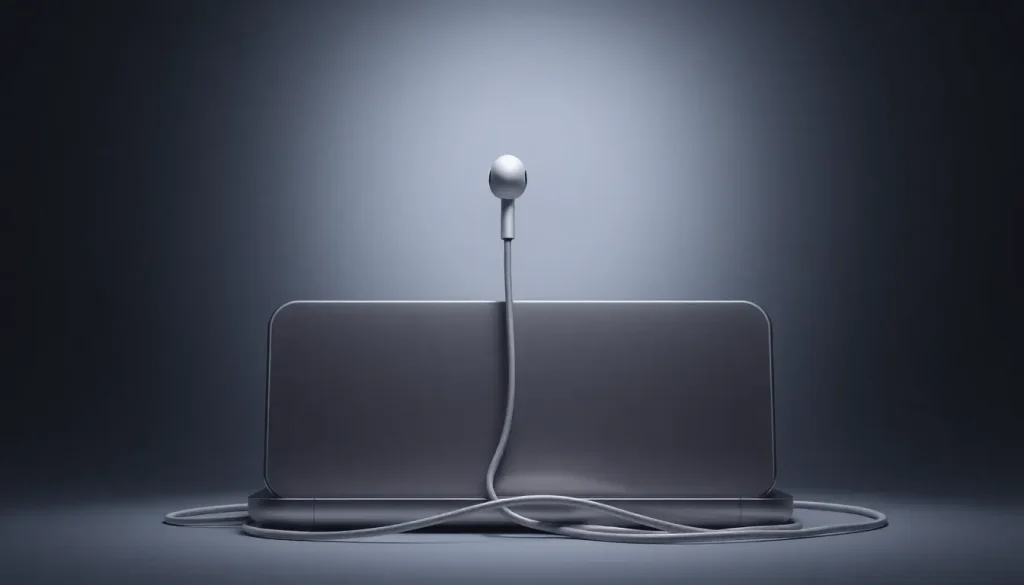Developer revisits Antennagate cost of $175 million for Apple after 15 years

Fifteen years after the infamous "Antennagate" scandal surrounding the iPhone 4, a developer has revisited the event to uncover the root cause of the issue. With just 20 bytes of code at fault, this examination sheds new light on how a seemingly minor coding error led to significant financial repercussions for Apple and a public relations crisis that still resonates today.
The iPhone 4's launch was a pivotal moment in Apple's history, but it wasn't without its controversies. Understanding the nuances of Antennagate provides insight into both product development and the challenges of managing consumer expectations.
Overview of the Antennagate scandal
Antennagate emerged in 2010 when iPhone 4 users reported that holding the phone in certain ways caused a substantial drop in signal strength. This issue was exacerbated by the phone's design, which exposed its antennas in a way that was vulnerable to interference from users' hands.
Steve Jobs, who was at the helm of Apple during this period, famously advised users to "hold it right," a response that did little to quell the mounting criticism. This incident highlights the friction between user experience and product design, drawing attention to how even small design choices can have significant impacts.
The technical misstep
Recently, developer Sam Henri Gold examined the original and updated versions of iOS to pinpoint the error in the signal strength display. He discovered that the issue lay not in the hardware, but in the software responsible for calculating signal strength, revealing a flawed lookup table that inaccurately represented the strength of the signal.
- The lookup table was overly generous in its interpretation of signal strength, leading to instances where users would see five bars even when the actual connectivity was weak.
- This discrepancy meant that a user could easily shift from five bars to two simply by adjusting their grip on the phone.
- By correcting the values associated with the signal strength bars in a subsequent update, Apple effectively resolved the public outcry.
The financial fallout
Despite not issuing a formal recall, the fallout from Antennagate cost Apple a staggering $175 million in refunds and legal settlements. Customers who purchased the iPhone 4 were offered free bumper cases, which served to mitigate the issue by preventing hand interference with the antennas.
This financial burden was compounded by a series of lawsuits that lingered for years, further straining Apple’s resources. Notably, one lawsuit resulted in a $15 settlement for affected customers, illustrating the widespread impact of this technical oversight.
Public relations and marketing strategies
Amid the controversy, Apple found itself in a public relations battle. Jobs utilized a unique PR strategy to counteract the negative media attention, including a memorable appearance where he danced to a song that addressed the criticism directly.
Moreover, the company launched a marketing campaign that included a website dedicated to addressing the so-called "death grip," where they highlighted that competing smartphones suffered from similar issues. This approach helped divert some of the scrutiny away from Apple and placed the onus of the problem on the industry as a whole.
Impact on future Apple products
The Antennagate scandal prompted Apple to reevaluate its design and engineering processes. Following the incident, Apple focused on ensuring that subsequent models, such as the iPhone 5 and later iterations, incorporated more robust designs that minimized similar issues.
Additionally, the experience highlighted the importance of thorough testing and quality assurance in product development. Apple has since implemented more rigorous protocols to prevent such oversights in future releases.
Did Apple benefit in the long run?
Interestingly, while Antennagate posed significant challenges, it also presented Apple with opportunities for growth. The company reportedly made an additional $6.5 billion by discontinuing the inclusion of accessories with new iPhones, a change that was partly a response to the financial implications of the Antennagate fallout.
By moving away from bundled accessories, Apple shifted the narrative, focusing on the core product while encouraging customers to purchase additional accessories separately, enhancing overall profit margins.
This situation serves as a reminder of the complex interplay between product design, consumer behavior, and corporate strategy. It is a testament to how even a single error in coding can escalate into a widespread crisis, and how companies can adapt and evolve in the face of such challenges.
For those interested in a deeper dive into the Antennagate incident, this detailed discussion can be enhanced by watching videos like 2010 - Apple iPhone 4 ANTENNA-GATE Press Conference, which captures the essence of the company's response during the initial fallout.




Leave a Reply